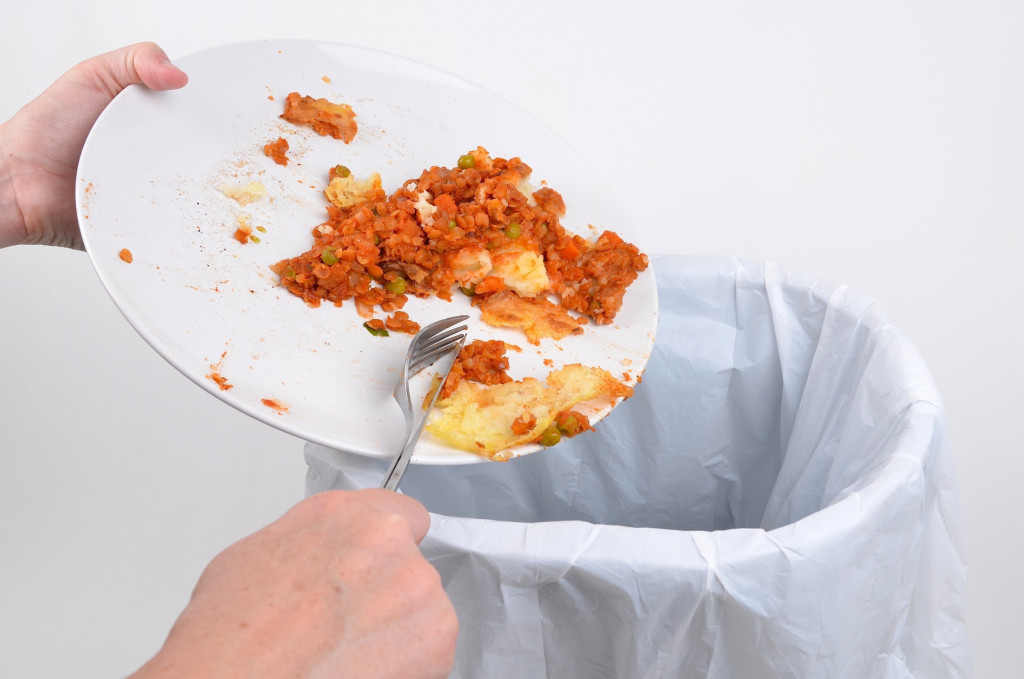Any restaurant would agree that food cost is a major operating expense that requires careful planning and regular reviews. But why? For one, the cost of perishable ingredients makes it hard to manage. Some restaurants are overspending on food costs due to inefficient inventory tracking, inaccurate data forecasting, incorrect recipe costing, and wrong menu pricing.
If you’re a restaurant owner yourself, controlling food costs can be one of your biggest nightmares. And as your restaurant, guests, and menu change, so do your food costs. Are you tired of all the hassle from food cost control? We’ve already listed the best strategies to keep the food costs manageable and maximize your profit potential. Check them out below.
1. Calculate each menu item
One of the simplest ways to effectively reduce food costs is to do the math for the food and drinks on your menu. Many restaurateurs assume that calculating menu costs should only be done before offering an item or opening their restaurants. The truth is, this should be done more regularly.
The calculation will involve adding up the costs of the ingredients to the recipes. It’s recommended to divide a particular dish into multiple services to achieve portion cost. Once done, compare the number against your menu prices. What menu items are not generating enough money? Do you need to cut them or completely revise the dish? Should you change your menu to remain profitable?
2. Aim for portion control
Portion control is a key player in food cost. If you want to compare the ideal food cost to the actual one, you need to serve portions similar to your recipes’ costed portions. Many restaurant owners are usually hesitant to change or reduce the portion sizes for their popular items on the menu. But remember that portions cannot always be too big. Big menu portions can increase the number of plates with still half-full food in them.
This isn’t just a clear example of wasted money but also food waste going in the bins. At the same time, diners are more likely to order one entree instead of two or share dishes. This is bad news for your check amount and revenue. Consider how you can rightfully reduce your portions and prices.
3. Ensure proper food storage
Properly storing your food or ingredients is a crucial element for preventing wastage. The more food that goes to the bin, the worse your restaurant’s food cost will get. At the same time, this is also crucial for practicing safe food handling. Starting with cold storage, ensure all foods in the refrigerators and freezers are sealed and labeled. Place the raw seafood, poultry, and meat at the bottom to prevent their juices from contaminating other items in the cold storage.
If you’re offering takeaways or curbside service, use proper stainless steel food service carts to keep the ready meals for pickup. Again, label them before placing them on the food carts. This ensures proper handling and storage for orders, as well as reduces the number of missing orders. Choose the food carts that suit your needs, whether it’s for pre-packaged meal deliveries or ready for pickup curbside carts. Besides your cold and dry storage, your hot storage is also important. Some of the best practices include pre-heating holding units, serving food within 30 minutes, and cleaning all holding units before using them.
4. Pay attention to food wastage

Food waste can be present in almost every part of your restaurant. Not just in your inventory, but on your prep stations to the diners’ tables. Did you know that there are about 75,000 pounds of food being wasted in a restaurant every year? To reduce food costs and waste, you need to do more than just inventory management. For one, you can create a prep list for each kitchen staff that includes all the rules and guidelines for appropriate preparation.
This is a clever way to avoid material wastage and over preparation. You can cut on waste by creating breadcrumbs out of stale bread or making cocktails from bruised fruits. Many commercial kitchens also use the first-in-first-out rule to ensure that no produce will go to waste. Save your produce from spoiling by properly labeling them, so all kitchen staff knows which one to use first.
Food cost control is definitely a bigger challenge than most restaurant owners would expect. You will need to monitor kitchen organization, inventory, menu costing, food waste, sales, and service. Don’t let food cost totally impact your bottom line, and start taking better control using the tips in this guide.

